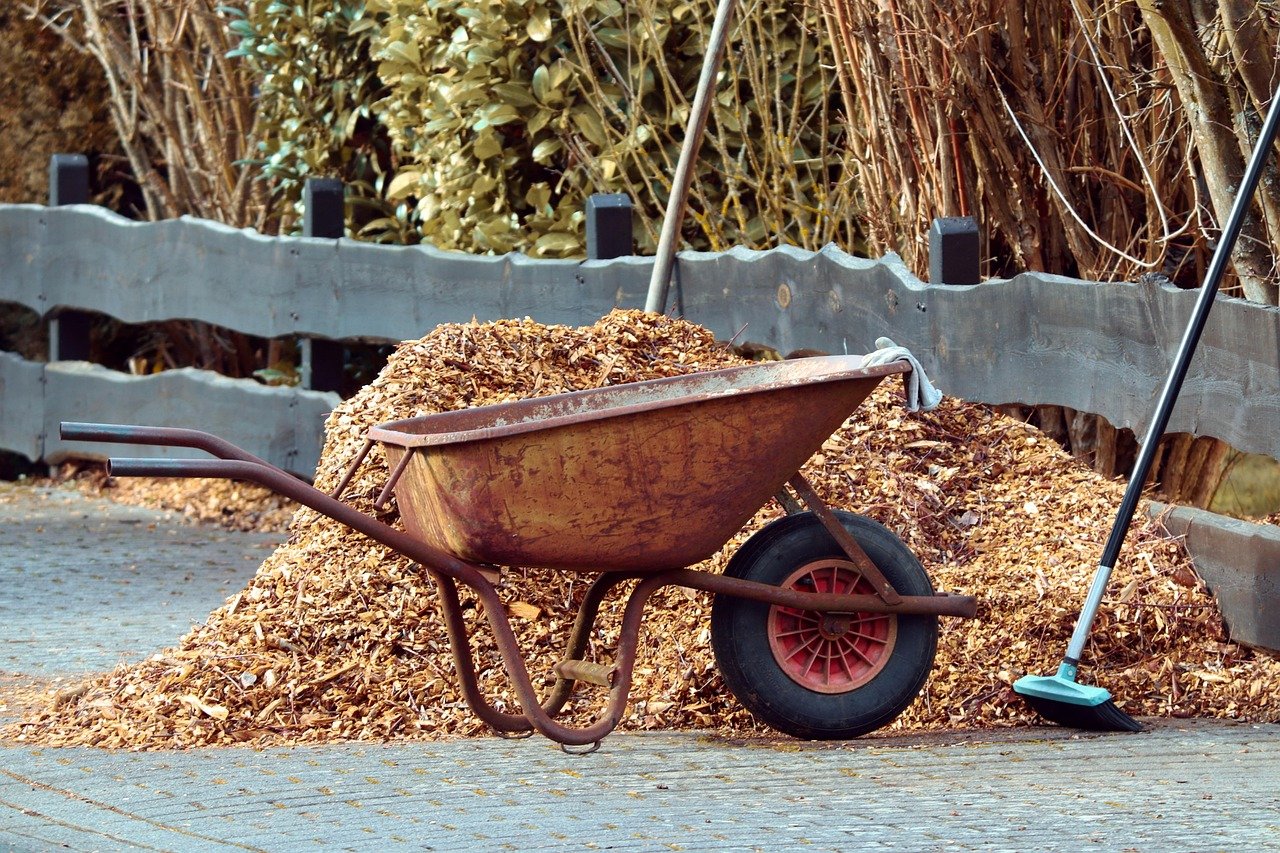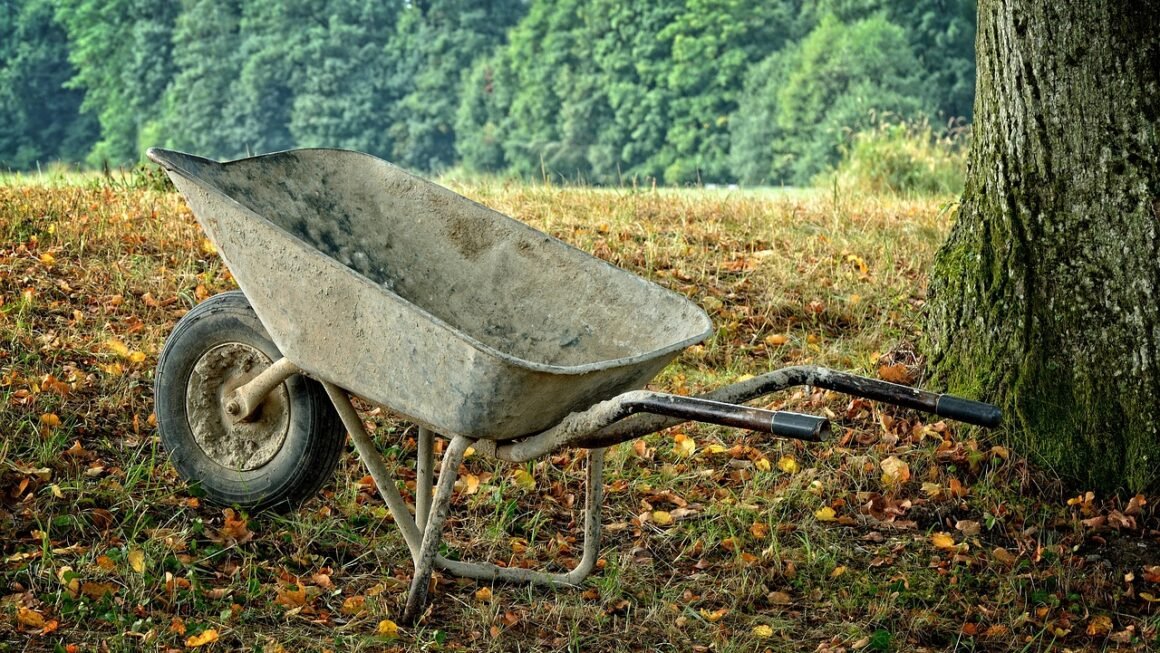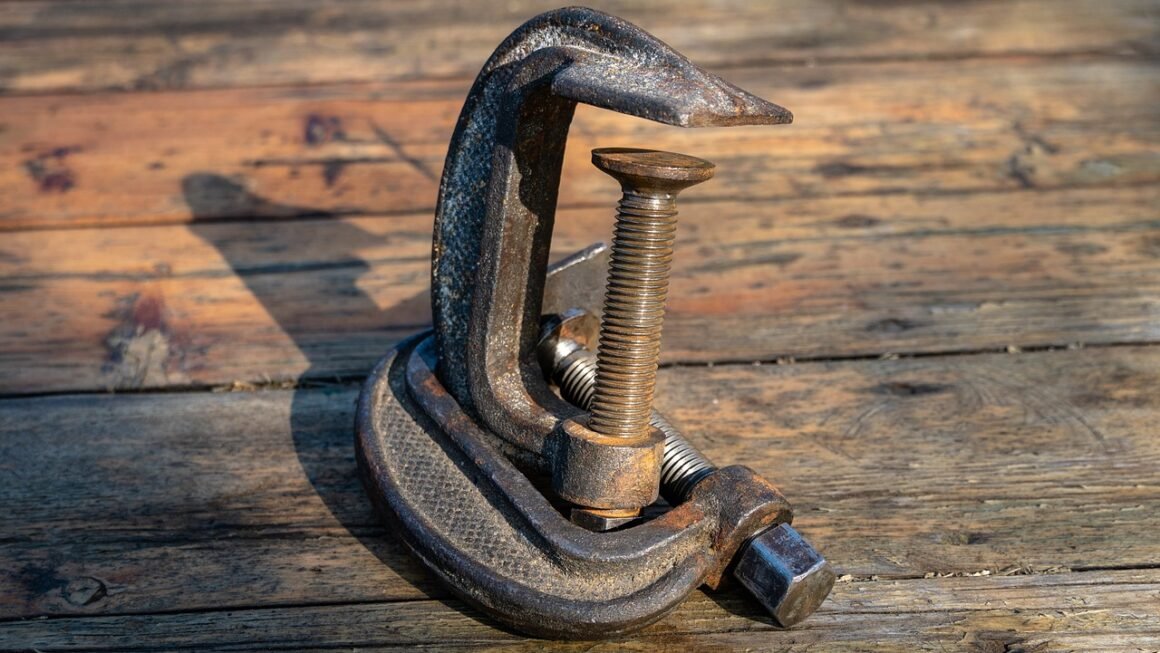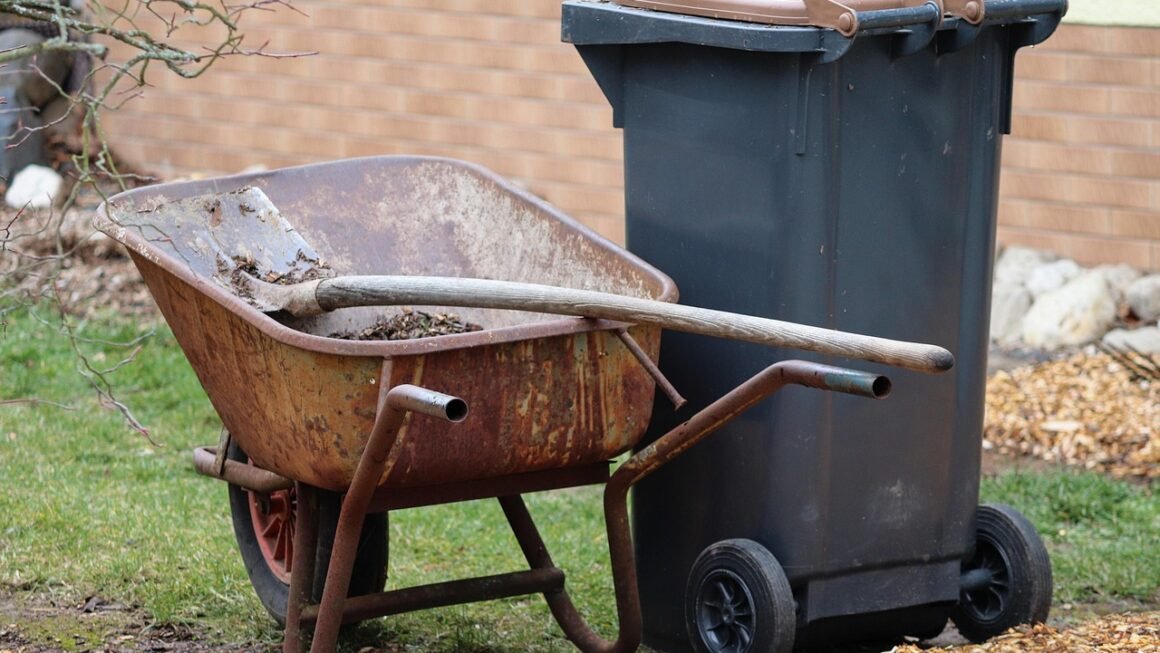Rotary tillers, also known as rotavators, are powerful pieces of equipment revolutionizing soil preparation for gardeners, farmers, and landscapers alike. Their ability to quickly and efficiently break up soil, incorporate organic matter, and create a seedbed ready for planting makes them indispensable tools. But with various types and features available, choosing the right rotary tiller can be daunting. This comprehensive guide will delve into everything you need to know about rotary tillers, from understanding their functionality to selecting the perfect model for your specific needs.
Understanding Rotary Tillers
What is a Rotary Tiller?
A rotary tiller is a motorized agricultural tool used for tilling soil. Unlike traditional plows that turn over the soil, rotary tillers use a set of rotating blades, called tines, to break up, aerate, and mix the soil. This process creates a fine, even soil structure, ideal for planting crops, flowers, or lawns. Rotary tillers come in various sizes and power sources, ranging from small electric models for home gardens to large tractor-mounted versions for commercial farming.
How Rotary Tillers Work
The core function of a rotary tiller is the rotating tines. These tines, usually made of hardened steel, dig into the soil as the tiller moves forward. The rotation chops and pulverizes the soil, breaking up clumps and incorporating any surface debris. Most tillers have adjustable depth settings, allowing you to control how deeply the tines penetrate the soil. This is crucial for different soil types and planting requirements.
- Forward-rotating tines: These tillers pull the machine forward, making them efficient for breaking new ground or working in hard-packed soil. They are generally more aggressive.
- Counter-rotating tines: These tillers have tines that rotate against the direction of travel. They offer more precise control and are excellent for cultivating existing gardens or preparing seedbeds. They tend to require more operator strength to control.
- Dual-rotating tines: Some advanced tillers offer both forward and counter-rotating options, providing versatility for various soil conditions.
Benefits of Using a Rotary Tiller
Using a rotary tiller offers numerous advantages over manual tilling methods. Here are some key benefits:
- Increased Efficiency: Tillers can prepare large areas of soil much faster than manual methods like using a shovel or hoe.
- Improved Soil Aeration: The tilling action aerates the soil, improving drainage and root growth.
- Weed Control: Tilling buries weeds and their seeds, reducing weed competition.
- Incorporation of Organic Matter: Tillers efficiently mix compost, manure, and other organic materials into the soil, enriching its nutrient content.
- Seedbed Preparation: They create a fine, even seedbed that promotes uniform germination and seedling growth.
Types of Rotary Tillers
Front-Tine Tillers
Front-tine tillers are generally smaller and more affordable, making them popular choices for home gardeners with small to medium-sized plots. The tines are located in front of the wheels, pulling the tiller forward.
- Pros: Lightweight, maneuverable, easy to store, and budget-friendly.
- Cons: Less powerful than rear-tine tillers, can be difficult to control in hard or rocky soil.
- Example: A homeowner with a 500 sq ft vegetable garden might find a front-tine tiller ideal for preparing their beds each spring.
Rear-Tine Tillers
Rear-tine tillers are larger and more powerful, designed for larger gardens and tougher soil conditions. The tines are located behind the wheels, providing more stability and control. These are often self-propelled.
- Pros: More powerful, easier to control, better suited for hard or rocky soil, and can handle larger areas.
- Cons: More expensive, heavier, and require more storage space.
- Example: A market gardener cultivating a 1-acre plot would likely need a rear-tine tiller to efficiently prepare the soil.
Walk-Behind Tillers
Both front-tine and rear-tine tillers are considered walk-behind tillers, as the operator walks behind the machine to control it. These are the most common type of rotary tillers for residential and small-scale agricultural use.
Tractor-Mounted Tillers
These heavy-duty tillers are designed to be attached to a tractor’s three-point hitch. They are used for large-scale agricultural operations and can cover vast areas of land quickly and efficiently.
- Pros: High power, wide tilling width, and capable of handling very tough soil conditions.
- Cons: Requires a tractor, expensive, and not suitable for small gardens.
- Example: A large-scale farmer planting hundreds of acres of crops would rely on a tractor-mounted tiller to prepare the soil.
Choosing the Right Rotary Tiller
Assess Your Needs
Before purchasing a rotary tiller, consider the following factors:
- Garden Size: Small gardens (under 500 sq ft) may only require a mini-tiller or small front-tine model. Larger gardens (over 1000 sq ft) will benefit from a rear-tine tiller.
- Soil Type: Hard, rocky, or clay soil requires a more powerful tiller with stronger tines. Sandy or loamy soil can be tilled with a lighter model.
- Frequency of Use: If you plan to use the tiller frequently, invest in a durable and reliable model.
- Budget: Rotary tillers range in price from a few hundred dollars to several thousand. Set a budget and find a tiller that meets your needs within that range.
- Physical Strength: Rear-tine tillers, while powerful, can be physically demanding to operate, especially on uneven terrain. Consider your physical capabilities when choosing a model.
Key Features to Consider
When evaluating different rotary tillers, pay attention to these key features:
- Engine Power: Higher horsepower engines provide more power for tilling tough soil.
- Tilling Width: A wider tilling width allows you to cover more ground in less time.
- Tilling Depth: Adjustable tilling depth allows you to customize the tilling process to your specific needs.
- Tine Material: Hardened steel tines are more durable and resistant to wear and tear.
- Transmission: A multiple-speed transmission provides greater control and versatility.
- Ease of Use: Look for features like ergonomic handles, easy-to-use controls, and electric start.
- Warranty: A good warranty provides peace of mind and protects your investment.
Comparing Brands and Models
Research different brands and models to find the best fit for your needs. Read reviews from other users and compare specifications. Consider visiting a local garden center or hardware store to see the tillers in person and ask questions.
Maintaining Your Rotary Tiller
Regular Maintenance
Proper maintenance is essential for keeping your rotary tiller in good working condition and prolonging its lifespan. Here are some key maintenance tasks:
- Clean the Tiller After Each Use: Remove any soil, weeds, or debris from the tines and housing.
- Check and Change the Oil: Follow the manufacturer’s recommendations for oil changes.
- Sharpen or Replace Tines: Dull tines reduce the tiller’s efficiency. Sharpen them regularly or replace them when necessary.
- Inspect and Clean Air Filter: A clean air filter ensures proper engine performance.
- Check and Adjust Belts and Cables: Loose or worn belts and cables can affect the tiller’s performance.
- Store the Tiller Properly: Store the tiller in a dry, sheltered location to protect it from the elements.
Safety Precautions
Rotary tillers can be dangerous if not used properly. Always follow these safety precautions:
- Read the Owner’s Manual: Familiarize yourself with the tiller’s operation and safety features.
- Wear Appropriate Safety Gear: Wear safety glasses, gloves, and sturdy footwear.
- Clear the Area: Remove any rocks, debris, or other obstacles from the tilling area.
- Keep Children and Pets Away: Keep children and pets at a safe distance from the tiller.
- Start the Tiller in a Safe Location: Start the tiller on a level surface, away from flammable materials.
- Never Operate the Tiller in Reverse: Operating the tiller in reverse can be dangerous.
- Never Leave the Tiller Running Unattended: Turn off the tiller and engage the parking brake before leaving it unattended.
Conclusion
Rotary tillers are invaluable tools for anyone looking to efficiently prepare soil for planting. By understanding the different types of tillers, considering your specific needs, and following proper maintenance and safety procedures, you can choose the right tiller for your garden or farm and enjoy years of productive use. Investing in a quality rotary tiller can save you time and effort while significantly improving your soil health and crop yields. So, take the time to research and select the best model for your needs and get ready to experience the benefits of perfectly tilled soil.




